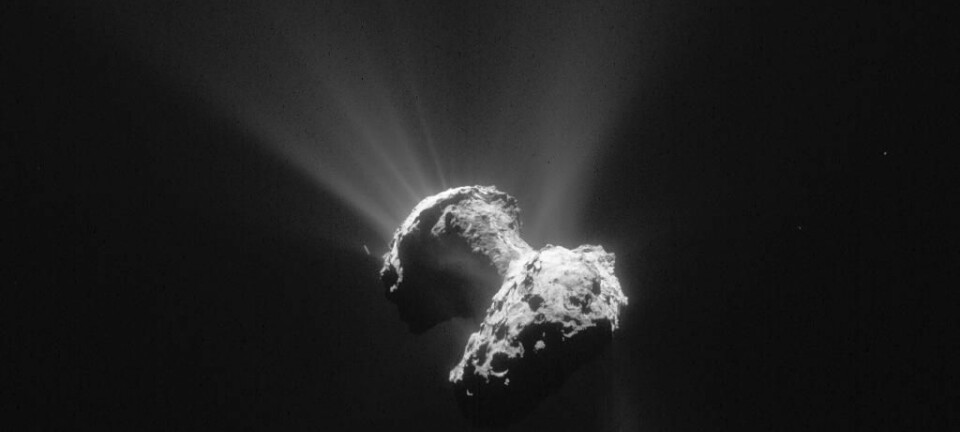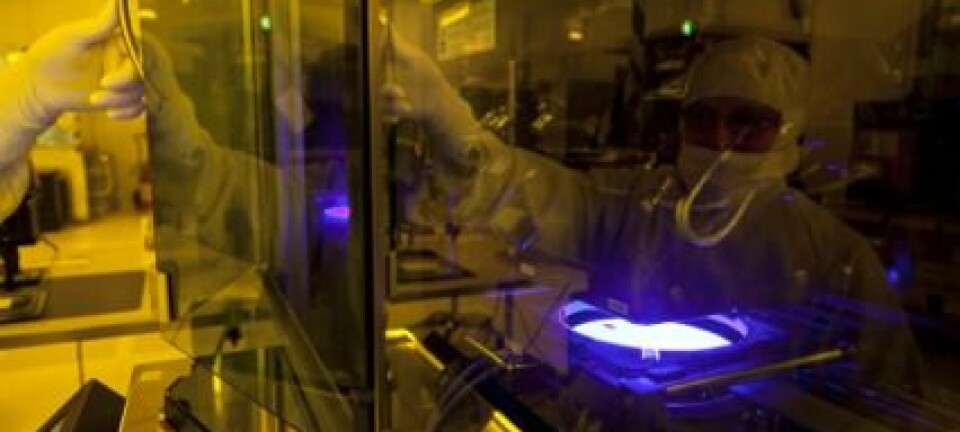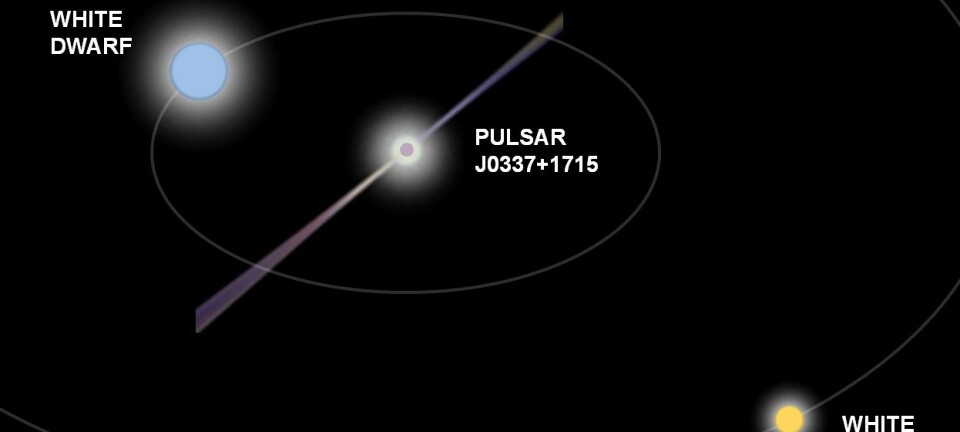
We have reached Pluto, now what?
OPINION: Now that we have explored the solar system, from Mercury to Pluto, where do we go next? Here are some suggestions.
Pluto has been a hot topic recently. Now we have 'visited' all the planets in our solar system, the question that arises is: what is next?
Many people are already talking about sending space probes to the nearest stars, but this is a much more difficult task than you might think. One of the problems is microscopic grains of interstellar dust -- as we first learned 30 years ago.
March 14, 1986
After travelling for over eight months, the European space probe Giotto reached Halley's comet. The comet and Giotto circled in opposite directions around the Sun, finally meeting at a speed of 68 kilometres per second or 245,000 kilometres an hour. It is the fastest ever flyby, even by today’s standards.
In a bold plan, the probe aimed to pass the comet at a distance of just 600 kilometres, and everything was going fine until the final seconds. Giotto sent images back to earth throughout the approach, but at a distance of just 790 kilometres, it was hit by tiny dust particles from one of the many jets on the comet surface.
Somehow, the spacecraft survived, but the antenna was no longer directed toward Earth, and both the camera and a shield that should protect against dust particles were destroyed. It took just half an hour to restore contact with Giotto, but by then the comet was already 130,000 kilometres away from the comet, and no more images were collected.
May 11, 2015
New Horizons was approaching Pluto, and scientists were worried. Hubble had discovered two new moons around Pluto, making it a total of five. Four of them are very small, so when a meteor hits them, they do not have enough gravity to hold onto the dust particles created by the impact.
The dust particles spread out in a ring around Pluto, which New Horizons might have had to fly through. There was even a chance of collision, as the probe travelled at 14 kilometres per second or 50,000 kilometres an hour -- with no chance of slowing down, as that would use more fuel than the space ship weighs.
Pluto’s surroundings were studied extensively throughout May to July for this very reason, looking for dust belts, which may have required a last minute change of course. In the end, there was no problem and they kept their original planned trajectory.
The distant future
After many years of work, scientists have managed to construct a nuclear engine for a space probe capable of reaching speeds of 30,000 kilometres per second, or 10 per cent of the speed of light. At this speed, it is possible to travel to the nearest star Alpha Centauri in less than 50 years.
You might think the stars were within reach, but still, no probe has been launched to go in search of them.
Dust still poses a massive problem. A spacecraft arriving at a foreign solar system at 30,000 kilometres per second is unlikely to survive for long. Solar Systems are dusty places, with masses of dust grains in between the planets. Space probes travelling at low speeds could cope, like New Horizons -- but the experience of Giotto showed us just how dangerous high speeds can be.
A collision between a speck of dust weighing just 10 milligrams and a space probe travelling at a speed of 30,000 km per second would trigger a release of energy equivalent to the explosion of one ton of TNT -- more than enough to totally destroy a spacecraft.
Even if by some miracle the spacecraft survived, then there would not be much time to make observations. At 30,000 km per second, it would take only 13 seconds to fly from the Moon to the Earth, so you would have less than a minute to make meaningful observations of a planet.
The solution is obviously to slow the probe down, but as we mentioned before, this requires huge amounts of fuel, and it is virtually impossible to conceive that a spacecraft could carry the amount of fuel needed to do the job.
We could use a massive spacecraft, big enough to carry the fuel, but it too would also need many hundreds of tons of fuel to slow down. Very quickly, such a project becomes inconceivably expensive and probably impossible to implement. It would be like New Horizons, but on a much larger scale.
But there is another way to tackle the problem
The long journey
The solution could be to take the slow road to the stars, and accept that it will take a few thousand years to get there. It is a challenge on several fronts:
It would need a society that can plan over these long periods of time -- something that we have not yet been able to achieve.
We would also need electronics that could survive for millennia without failing. Whilst it is far beyond our current technical capabilities, it is possible in the future, at least in principle.
We must be able to create an artificial intelligence capable of operating entirely on its own, as radio signals will take several years to reach the earth. The spacecraft's "brain" must be able to hibernate during the very long journey, then wake up on approach to the final target to plan the rest of the flight.
The optimum speed would be around 600 km per second -- 500 times slower than the speed light. At this speed, it will take a little over 2000 years to fly to Alpha Centauri. Imagine, if the Roman emperor Julius Caesar had launched a spacecraft, it would have only just reached its destination.
Towards New Goals
600 kilometres per second is still fast, and nearly nine times faster than Giotto as it flew past Halley's comet. To avoid the same fate as Giotto, a new high speed probe must be equipped with a solid meteor shield.
But perhaps this problem can be solved.
There are two major advantages of this speed: it will take the probe about a year to cross through a solar system like ours. This allows time for observation, albeit rather quickly. To get the most out of the short period, it is probably best to send out a large number of smaller probes, which then send messages back to the main probe.
Most importantly, the probe should not fly faster than its trajectory could be deflected by the star. If the spacecraft computer is sufficiently intelligent, it can plan a new course, so that 2,000 or 3,000 years later it flies past a new star within a new solar system -- without using a drop of fuel, almost.
It is, of course, impossible to know if this is how we one day will explore the stars. If it happens, the biggest challenge may be to build a society that is stable over many thousands of years -- and perhaps, because of the huge distances involved, we will need to leave the exploration to space probes with artificial intelligence.
One can only hope that such an intelligent spacecraft will be a good ambassador for humanity, if it were to encounter another intelligence.
--------------
Read the Danish version of this article on Videnskab.dk
Translated by: Catherine Jex









